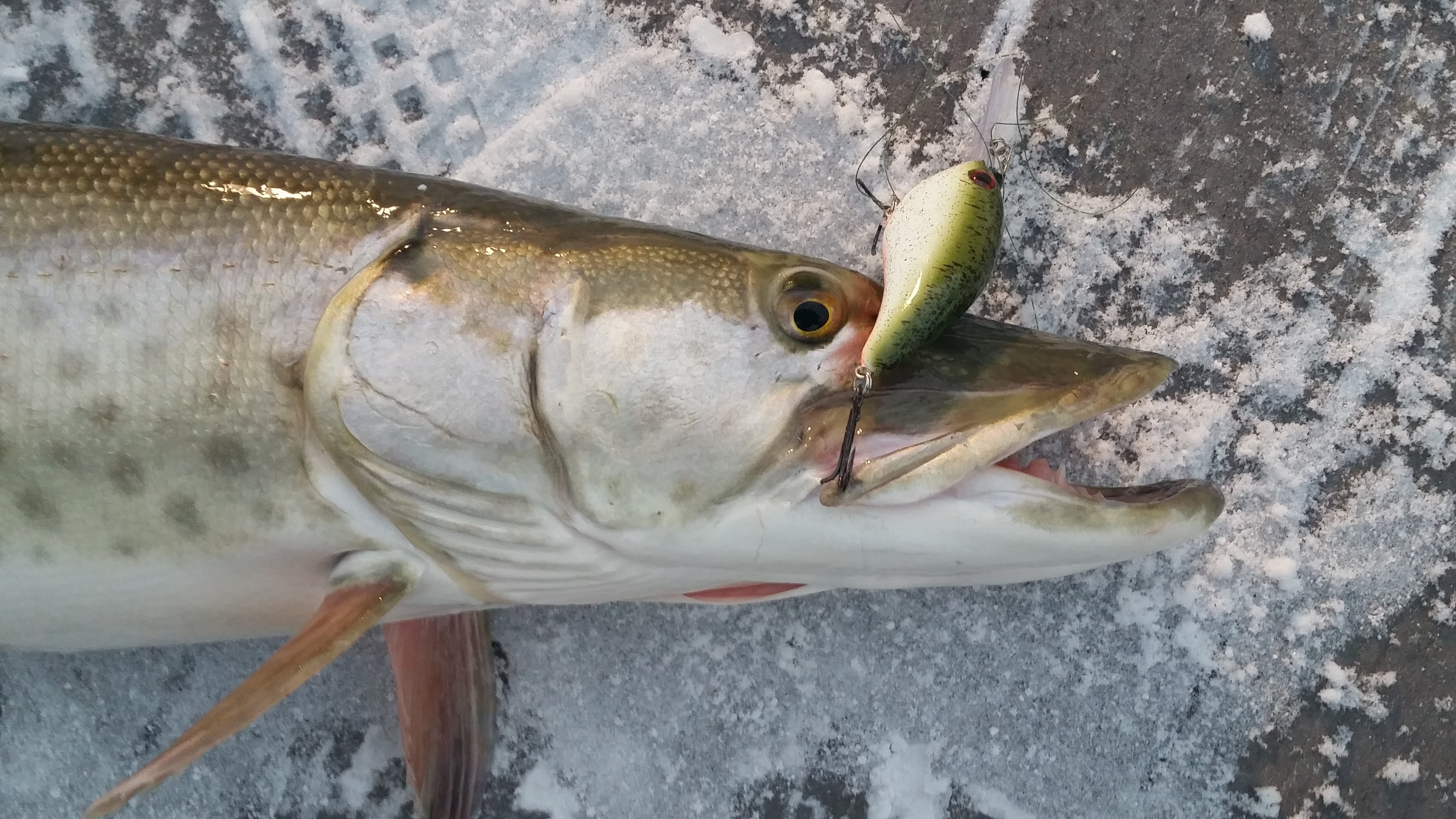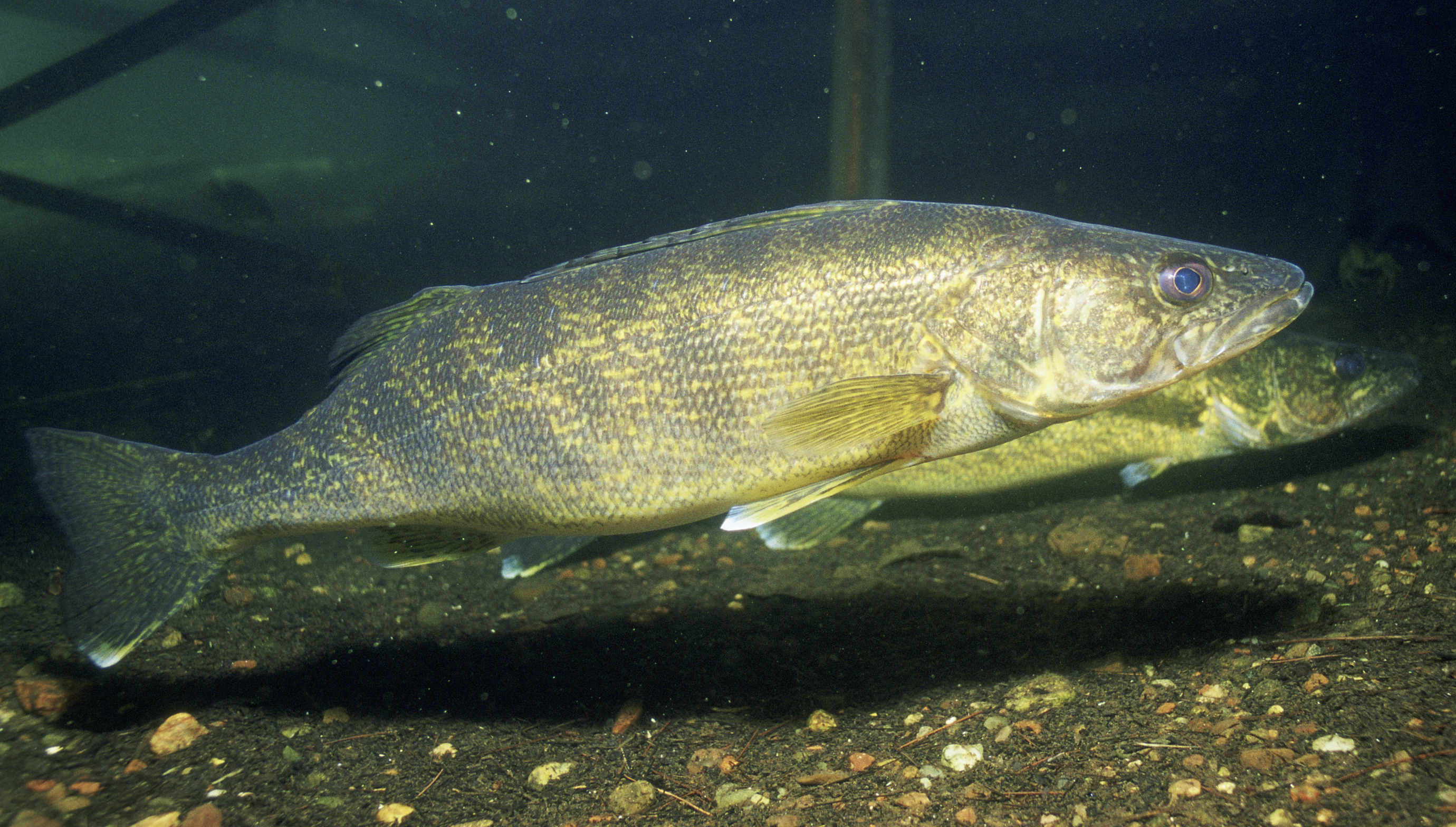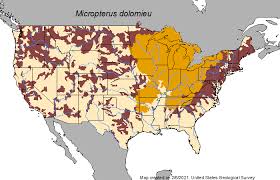|
Sparrow Lake
Sparrow Lake is a lake in the Great Lakes Basin in Central Ontario, Canada. It is situated north-west of the town of Orillia and south of the town of Gravenhurst, Ontario and approximately 150 kilometres and a 1.5 hour drive north of the Greater Toronto Area. Sparrow Lake is the most southerly lake in the popular Muskoka tourist region. The lake was named after a William Sparrow, an Englishman, who fished and hunted the area in the 19th century. He disappeared one summer giving rise to stories that he may have been murdered. It is also slightly famous as being the northern setting for the Showcase TV show ''Paradise Falls''. Various settings and lodges around the lake were used for filming. It is also home to Sparrow Lake Camp (https://sparrowlakecamp.com/) (founded 1912), the oldest children's recreational camp operated by the United Church of Canada. There is an abundance of resorts and lodges on the lake. There are also two golf courses, Lake St. George Golf Club and Ever ... [...More Info...] [...Related Items...] OR: [Wikipedia] [Google] [Baidu] |
Ontario
Ontario is the southernmost Provinces and territories of Canada, province of Canada. Located in Central Canada, Ontario is the Population of Canada by province and territory, country's most populous province. As of the 2021 Canadian census, it is home to 38.5% of the country's population, and is the second-largest province by total area (after Quebec). Ontario is Canada's fourth-largest jurisdiction in total area of all the Canadian provinces and territories. It is home to the nation's capital, Ottawa, and its list of the largest municipalities in Canada by population, most populous city, Toronto, which is Ontario's provincial capital. Ontario is bordered by the province of Manitoba to the west, Hudson Bay and James Bay to the north, and Quebec to the east and northeast. To the south, it is bordered by the U.S. states of (from west to east) Minnesota, Michigan, Ohio, Pennsylvania, and New York (state), New York. Almost all of Ontario's border with the United States follows riv ... [...More Info...] [...Related Items...] OR: [Wikipedia] [Google] [Baidu] |
Lake Simcoe
Lake Simcoe is a lake in southern Ontario, Canada, the fourth-largest lake wholly within the province, after Lake Nipigon, Lac Seul, and Lake Nipissing. At the time of the first European contact in the 17th century, the lake was called ''Ouentironk'' ("Beautiful Water") by the native Wendat/Ouendat (Huron) people. It was also known as ''Lake Taronto'' until it was renamed by John Graves Simcoe, the first List of lieutenant governors of Ontario, lieutenant-governor of Upper Canada, in memory of his father, Captain John Simcoe of the Royal Navy. In Ojibwa language, Anishinaabemowin, the historical language of the First Nations living around this lake, namely Anishinaabek of Chippewas of Rama First Nation, Rama and Chippewas of Georgina Island First Nation, Georgina Island First Nations, the lake is called Zhooniyaang-zaaga'igan, meaning "Silver Lake". Toponymy Lake Simcoe's name was given by John Graves Simcoe in 1793 in memory of his father, Captain John Simcoe. Captain Simcoe was ... [...More Info...] [...Related Items...] OR: [Wikipedia] [Google] [Baidu] |
Yellow Perch
The yellow perch (''Perca flavescens''), commonly referred to as perch, striped perch, American perch or preacher is a freshwater perciform fish native to much of North America. The yellow perch was described in 1814 by Samuel Latham Mitchill from New York. It is closely related, and morphologically similar to the European perch (''Perca fluviatilis''); and is sometimes considered a subspecies of its European counterpart. Latitudinal variability in age, growth rates, and size have been observed among populations of yellow perch, likely resulting from differences in day length and annual water temperatures. In many populations, yellow perch often live 9 to 10 years, with adults generally ranging in length. The world record for a yellow by weight is , and was caught in May 1865 in Bordentown, New Jersey, by Dr. C. Abbot. It is the longest-standing record for a freshwater fish in North America. Description The yellow perch has an elongate, laterally compressed body with a subte ... [...More Info...] [...Related Items...] OR: [Wikipedia] [Google] [Baidu] |
Muskellunge
The muskellunge (''Esox masquinongy''), often shortened to muskie, musky, ski, or lunge, is a species of large freshwater predatory fish native to North America. It is the largest member of the pike family, Esocidae. Origin of name The name "muskellunge" originates from the Ojibwe words ''maashkinoozhe'' meaning "great fish", ''mji-gnoozhe,'' ''maskinoše'', or ''mashkinonge,'' meaning "bad pike", "big pike", or "ugly pike" respectively. The Algonquin word ''maskinunga'' is borrowed into the Canadian French words ''masquinongé'' or ''maskinongé''. In English, before settling on the common name "muskellunge", there were at least 94 common names applied to this species, including but not limited to: ''muskelunge'', ''muscallonge'', ''muskallonge'', ''milliganong'', ''maskinonge'', ''maskalonge'', ''mascalonge'', ''maskalung'', ''muskinunge'' and ''masquenongez''. Description Muskellunge closely resemble other esocids such as the northern pike (''Esox lucius'') and Ame ... [...More Info...] [...Related Items...] OR: [Wikipedia] [Google] [Baidu] |
Walleye
The walleye (''Sander vitreus'', Synonym (taxonomy), synonym ''Stizostedion vitreum''), also called the walleyed pike, yellow pike, yellow pikeperch or yellow pickerel, is a freshwater perciform fish native to most of Canada and to the Northern United States. It is a North American close relative of the European zander, also known as the pikeperch. The walleye is sometimes called the yellow walleye to distinguish it from the blue walleye, which is a color morph that was once found in the southern Ontario and Quebec regions, but is now presumed extinct. However, recent genetic analysis of a preserved (frozen) 'blue walleye' sample suggests that the blue and yellow walleye were simply phenotypes within the same species and do not merit separate taxonomic classification. In parts of its range in English-speaking Canada, the walleye is known as a pickerel, though the fish is not related to the true Esox, pickerels, which are members of the family ''Esocidae''. It is also sometimes c ... [...More Info...] [...Related Items...] OR: [Wikipedia] [Google] [Baidu] |
Northern Pike
The northern pike (''Esox lucius'') is a species of carnivorous fish of the genus ''Esox'' (pikes). They are commonly found in brackish water, moderately salty and fresh waters of the Northern Hemisphere (''i.e.'' holarctic in distribution). They are known simply as a pike (Plural, : pike) in Great Britain, Ireland, most of Eastern Europe, Canada and the United States, U.S., although in the Midwestern United States, they may just be called a Northern. Pike can grow to a relatively large size. Their average length is about , with maximum recorded lengths of up to and maximum weights of . The International Game Fish Association, IGFA currently recognises a pike caught by Lothar Louis on Greffern Lake, Germany, on 16 October 1986, as the all-tackle world-record holding northern pike. Northern pike grow to larger sizes in Eurasia than in North America, and in coastal Eurasian regions than inland ones. Etymology The northern pike gets its common name from its resemblance to the ... [...More Info...] [...Related Items...] OR: [Wikipedia] [Google] [Baidu] |
Smallmouth Bass
The smallmouth bass (''Micropterus dolomieu'') is a species of freshwater fish in the Centrarchidae, sunfish family (biology), family (Centrarchidae) of the order (biology), order Centrarchiformes. It is the type species of its genus ''Micropterus'' (black basses), and is a popular game fish sought by anglers throughout the temperate zones of North America, and has been spread by fish stocking, stocking —as well as illegal introduced species, introductions—to many cool-water tributaries and lakes in Canada and more so introduced in the United States. The maximum recorded size is approximately and . The smallmouth bass is native to the upper and middle Mississippi River basin, the Saint Lawrence River–Great Lakes system, the Champlain Valley, and the Hudson Bay basin. Its common names include smallmouth, bronzeback, brown bass, brownie, smallie, bronze bass, and bareback bass. Description Smallmouth have a slender but muscular fusiform body shape making them powerful ... [...More Info...] [...Related Items...] OR: [Wikipedia] [Google] [Baidu] |
Largemouth Bass
The largemouth bass (''Micropterus nigricans'') is a carnivorous, freshwater fish, freshwater, ray-finned fish in the Centrarchidae (sunfish) family, native to the eastern United States, eastern and central United States, southeastern Canada and northern Mexico. It is known by a variety of regional names, such as the widemouth bass, ''bigmouth bass'', ''black bass'', ''largie'', Potter's fish, Florida bass or ''Florida largemouth'', ''green bass'', bucketmouth bass, ''green trout'', growler, Gilsdorf bass, Oswego bass, LMB, and southern largemouth and northern largemouth. The largemouth bass, as it is known today, was first described by French naturalist Georges Cuvier in 1828. A recent study concluded that the correct scientific name for the Florida bass is ''Micropterus salmoides'', while the largemouth bass is ''Micropterus nigricans''. It is the largest species of the black bass, with a maximum recorded length of and an unofficial weight of . The largemouth bass is the Lis ... [...More Info...] [...Related Items...] OR: [Wikipedia] [Google] [Baidu] |
Mesotrophic Lake
The Trophic State Index (TSI) is a classification system designed to rate water bodies based on the amount of biological productivity they sustain. Although the term "trophic index" is commonly applied to lakes, any surface water body may be indexed. The TSI of a water body is rated on a scale from zero to one hundred. Under the TSI scale, water bodies may be defined as: * oligotrophic (TSI 0–40, having the least amount of biological productivity, "good" water quality); * mesotrophic (TSI 40–60, having a moderate level of biological productivity, "fair" water quality); or * eutrophic to hypereutrophic (TSI 60–100, having the highest amount of biological productivity, "poor" water quality). The quantities of nitrogen, phosphorus, and other biologically useful nutrients are the primary determinants of a water body's TSI. Nutrients such as nitrogen and phosphorus tend to be limiting resources in standing water bodies, so increased concentrations tend to result in increased ... [...More Info...] [...Related Items...] OR: [Wikipedia] [Google] [Baidu] |
Canadian Shield
The Canadian Shield ( ), also called the Laurentian Shield or the Laurentian Plateau, is a geologic shield, a large area of exposed Precambrian igneous and high-grade metamorphic rocks. It forms the North American Craton (or Laurentia), the ancient geologic core of the North American continent. Glaciation has left the area with only a thin layer of soil, through which exposures of igneous bedrock resulting from its long volcanic history are frequently visible. As a deep, common, joined bedrock region in eastern and central Canada, the shield stretches north from the Great Lakes to the Arctic Ocean, covering over half of Canada and most of Greenland; it also extends south into the northern reaches of the continental United States. Geographical extent The Canadian Shield is a physiographic division comprising four smaller physiographic provinces: the Laurentian Upland, Kazan Region, Davis and James. The shield extends into the United States as the Adirondack Mountains ( ... [...More Info...] [...Related Items...] OR: [Wikipedia] [Google] [Baidu] |
Kahshe Lake
Kahshe Lake is a lake in the Muskoka region in Ontario, Canada near Gravenhurst. Kahshe is the fourth largest lake in the region and has approximately 600 cottages. The lake is tea-coloured, containing a high level of dissolved organics. Name The lake name ''Ka-shesheb-agam-ag'' is a First Nations term that may mean ''where there are-ducks-lake-place', thus 'Lake of Many Ducks'; compare Ojibwe ''jishib'' 'duck'; the following are spurious (Carl Masthay, St. Louis, 2009): Kah-Lake, She-Many, Bog-Ducks,a-and, Mog or Maug-Loons, therefore Lake of Many Many Ducks and Loons (researched by Ken Little). Other people claim that it means Lake of Many Islands or "Lake of Healing Waters". Description The west side of Kahshe Lake is shallow while the east side is deep. Both areas have many shallow rock hazards with no marker buoys, though in recent years a community initiative to install rock markers across the lake has helped with rock hazard visibility. A public beach, boating docks ... [...More Info...] [...Related Items...] OR: [Wikipedia] [Google] [Baidu] |
Black River (Severn River Tributary)
The Black River is a river in Simcoe County, the District Municipality of Muskoka, the City of Kawartha Lakes, and Haliburton County in Central Ontario, Canada. It is part of the Great Lakes Basin, and is a right tributary of the Severn River. Course The river begins at Hosiery Lake and flows southwest to Raven Lake, then passes under Ontario Highway 35 and into the municipality of Lake of Bays, District Municipality of Muskoka. It continues southwest into Minden Hills, Haliburton County, then back into Muskoka District in the municipality of Bracebridge, passes under Ontario Highway 118 and flows by the community of Vankoughnet, and enters the city of Kawartha Lakes. The river turns west, flows over the Ragged Rapids, exits Kawartha Lakes, briefly forms the border between Simcoe County and Muskoka District, flows through the Big Eddy, then reaches the community of Cooper's Falls in the municipality of Ramara, Simcoe County. It turns south, then heads west, takes in the lef ... [...More Info...] [...Related Items...] OR: [Wikipedia] [Google] [Baidu] |





